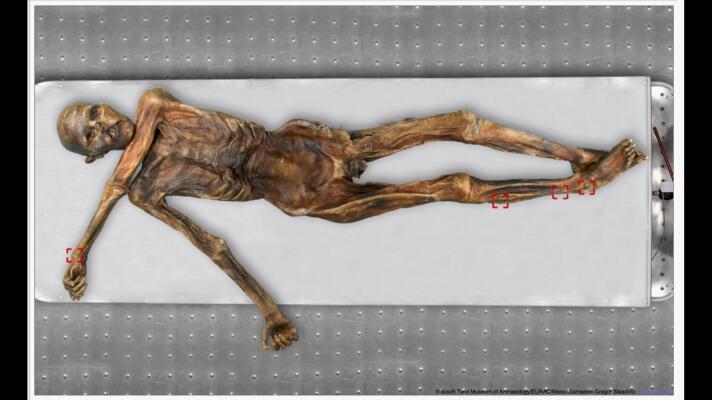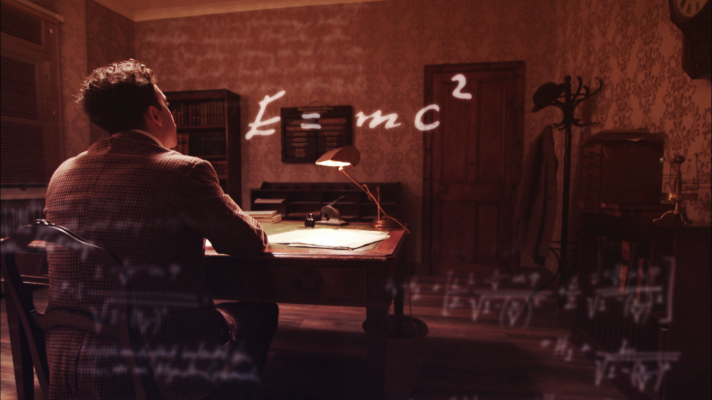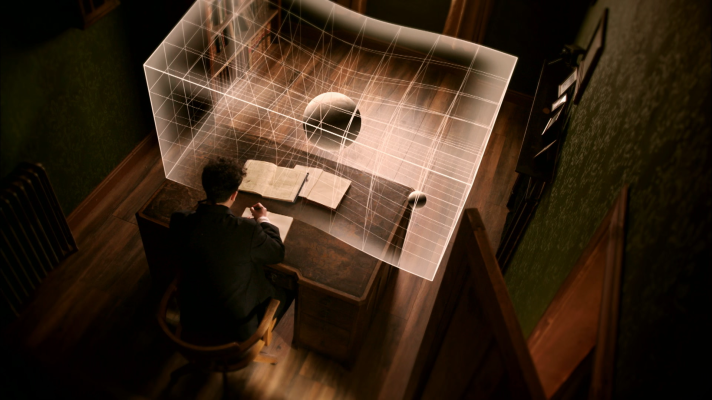Extras
Otzi, a 5,000-year-old mummy, has 61 tattoos arranged in 19 groups across his body.
Clip:
S43
E5
|
3:04
The faster you move, the stranger time becomes.
Clip:
S42
E23
|
2:10
In 1912, Albert Einstein had a revolutionary idea.
Clip:
S42
E23
|
5:36
Fósiles gigantes en el Sahara revelan nuevos secretos sobre la evolución de las ballenas.
Special:
53:30
They paid only $27.50 for it from a London bookseller in 1946.
Clip:
S52
|
3:13
Could these bones be the last remains of a legendary Viking army?
Clip:
S46
E10
|
2:46
You probably won’t win big playing the Lottery but your brain may want to keep trying.
Clip:
S52
|
6:39
Go behind the scenes as NOVA visits the Vera Rubin Observatory in Chile.
Clip:
S52
|
5:59
At first, scientists thought it was a gigantic marine reptile.
Clip:
S51
E1
|
2:28
Pythagoras saw a connection between math, music, and nature.
Clip:
S42
E7
|
2:01











